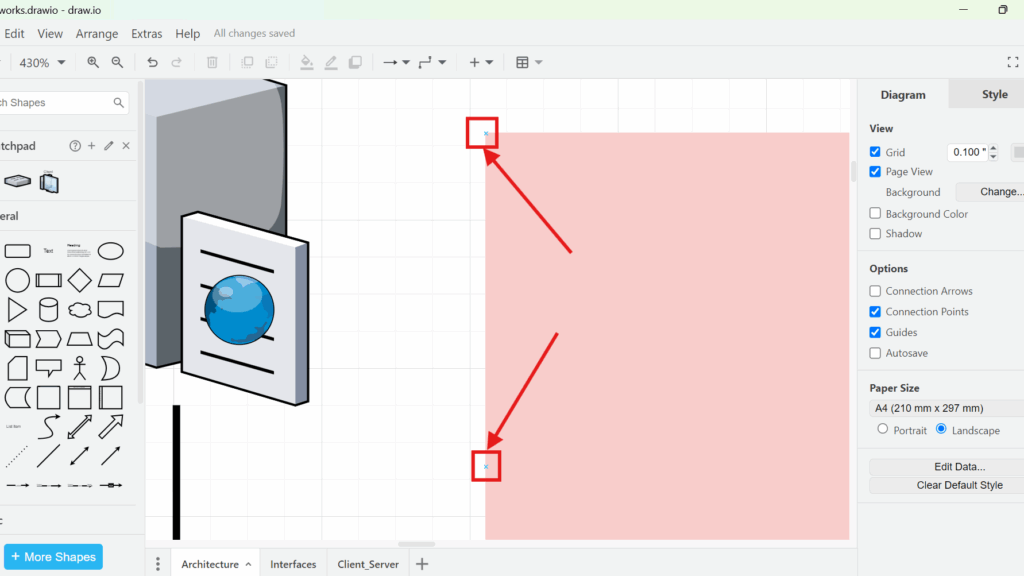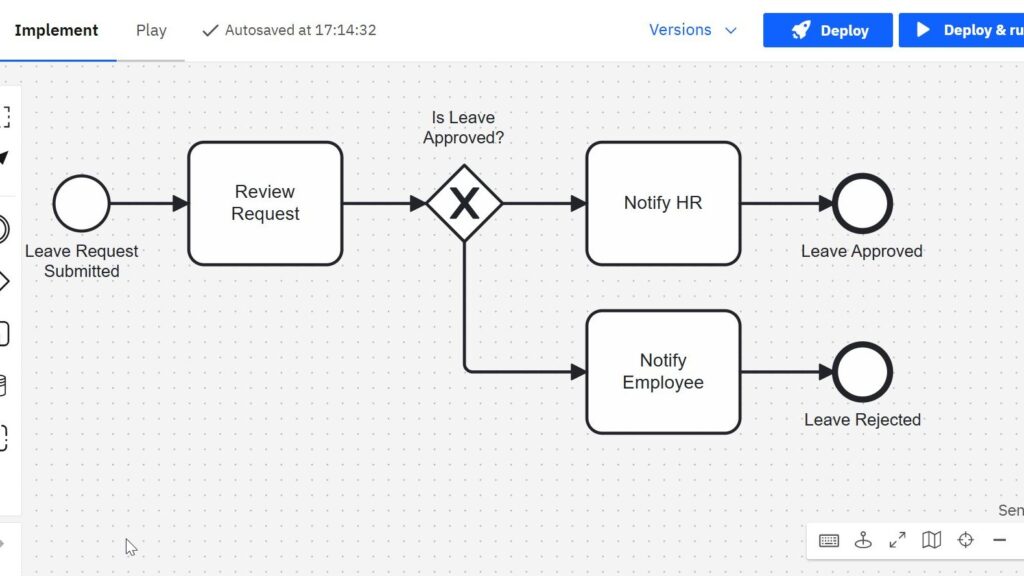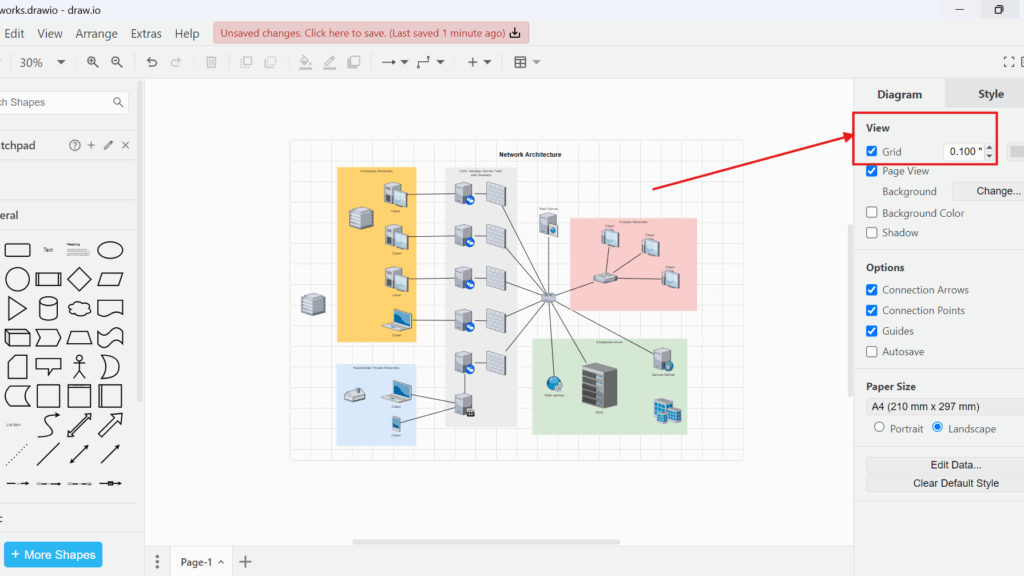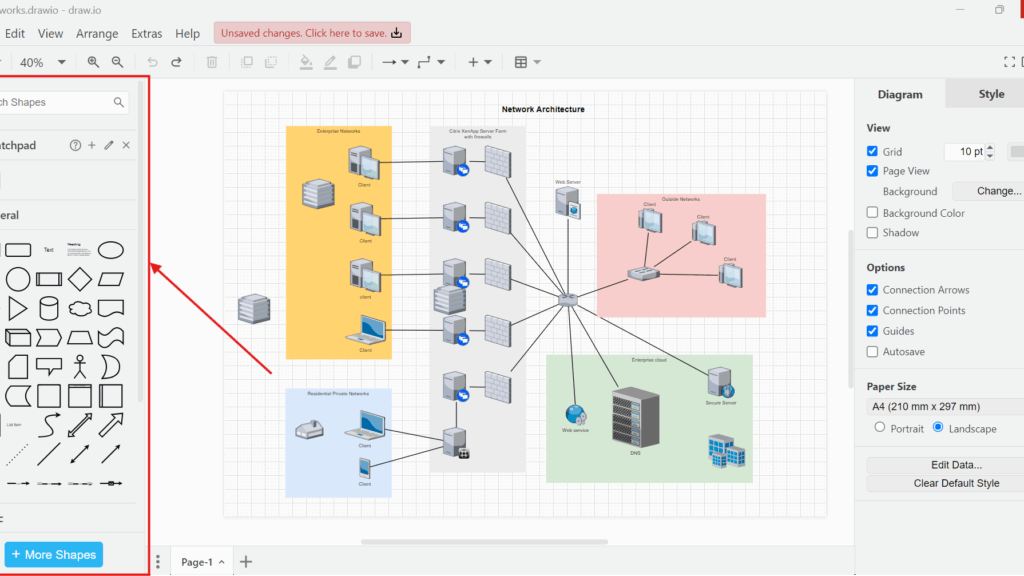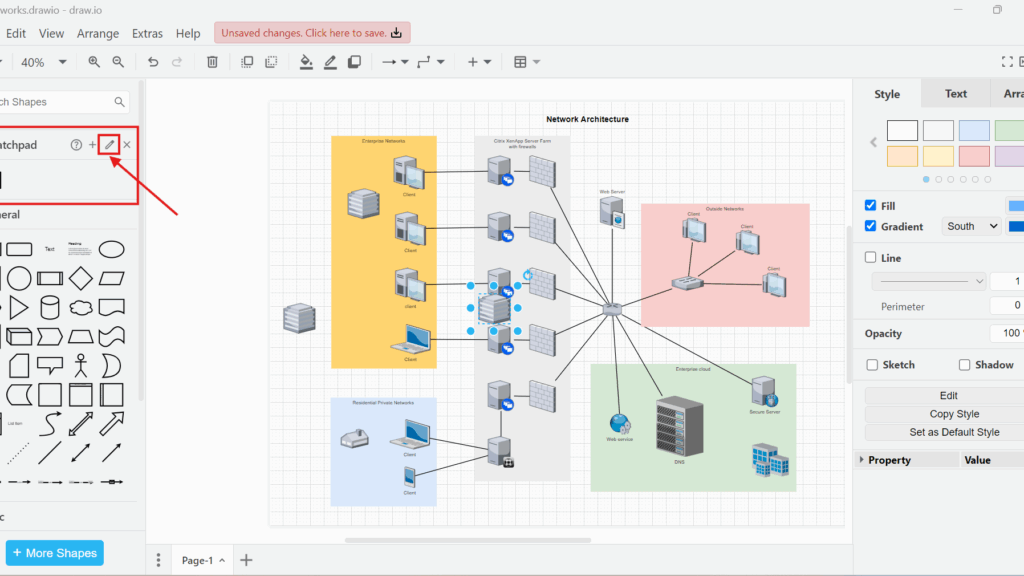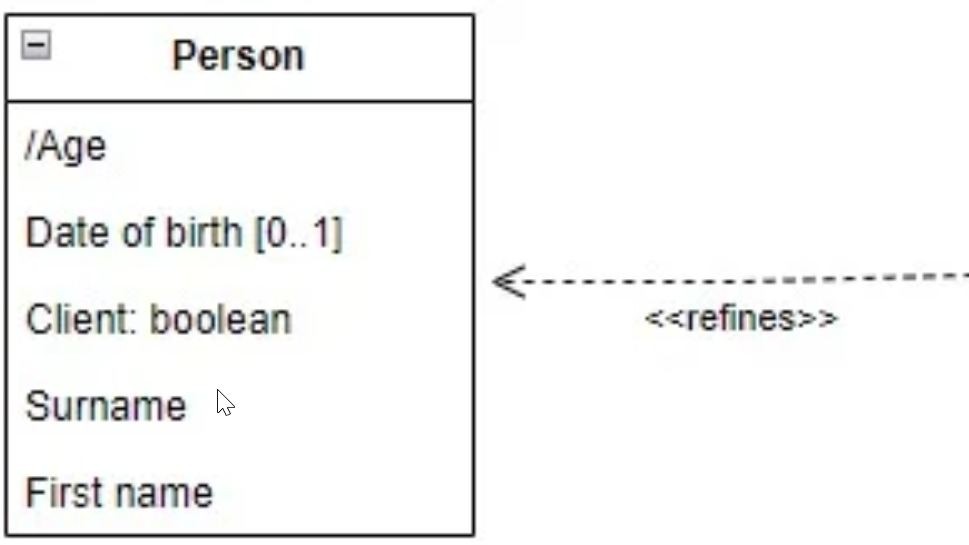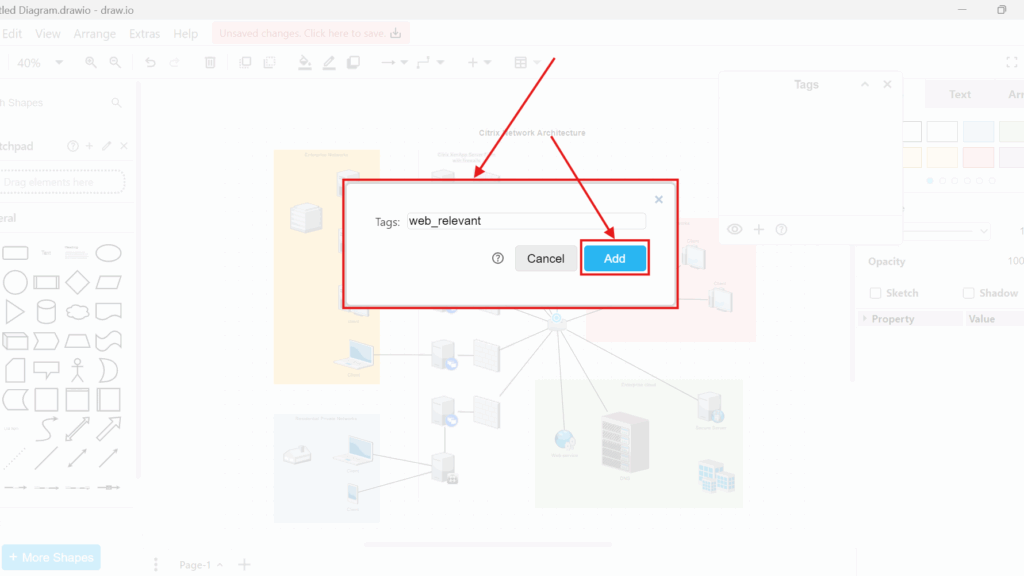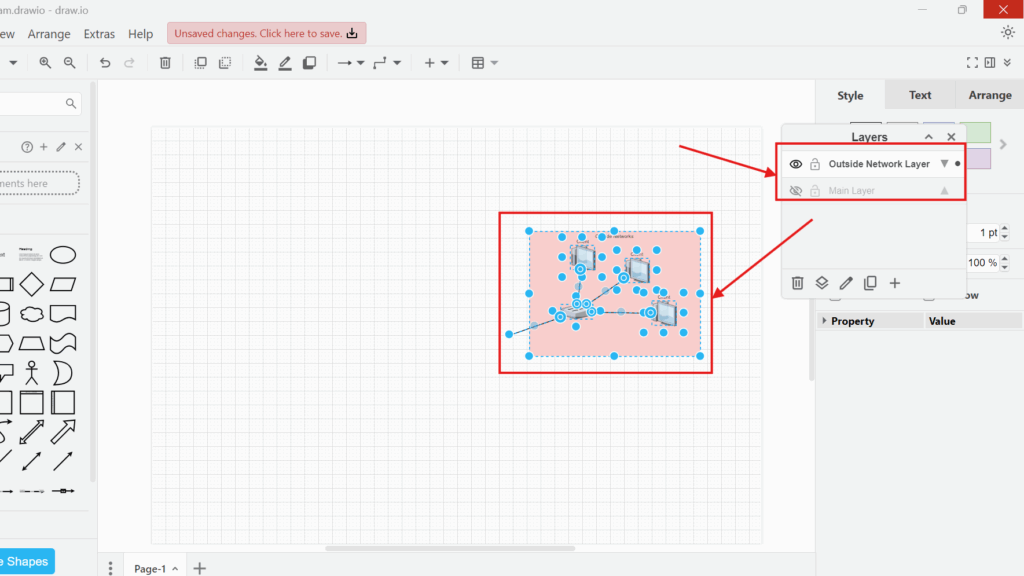Connection Arrows and Points in draw.io
When I first started creating diagrams, I struggled with making my shapes and lines connect properly. Connections seemed to float randomly, and moving a shape often broke everything. However, I soon discovered the power of connection points and arrows in draw.io. These tools changed how I work with diagrams. Now, I create neat, organized, and professional diagrams in half the time. In this post, I will show you how to use connection points and arrows in draw.io to improve your diagramming skills.
Connection Arrows and Points in draw.io Read More »


